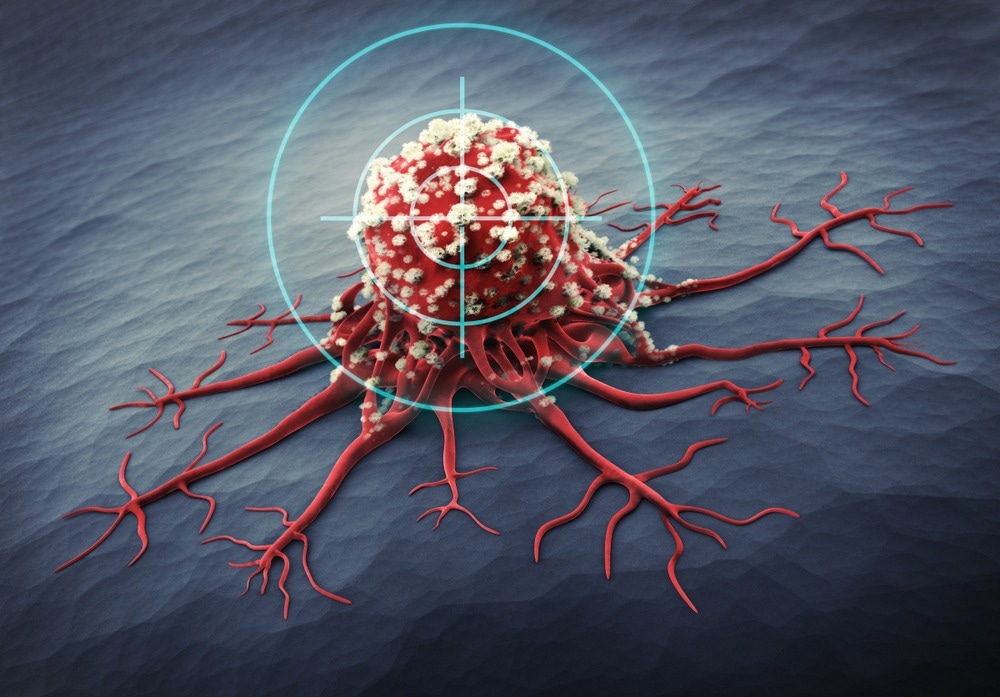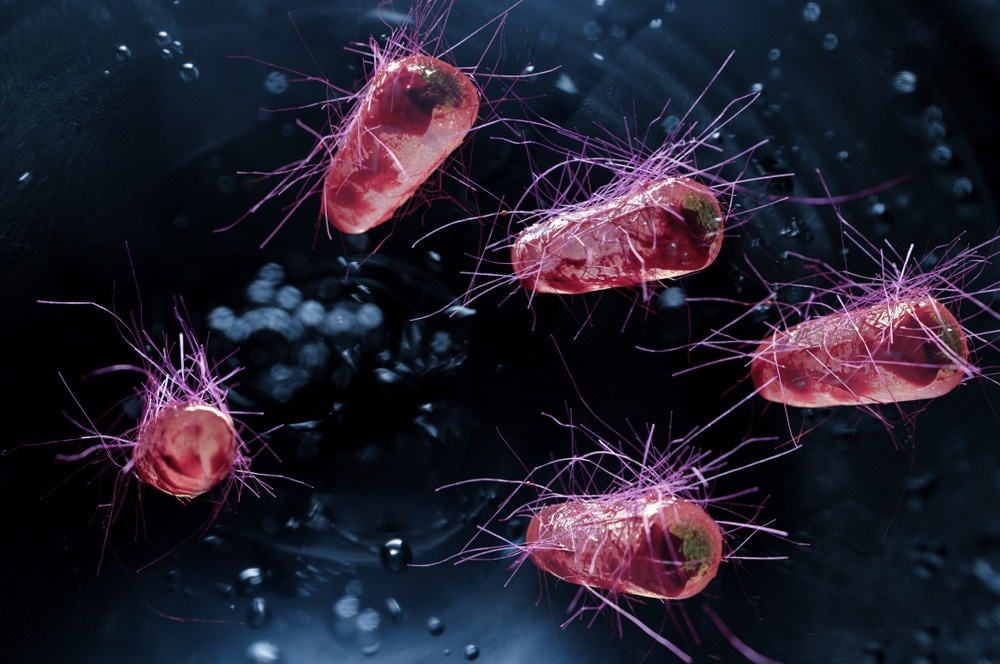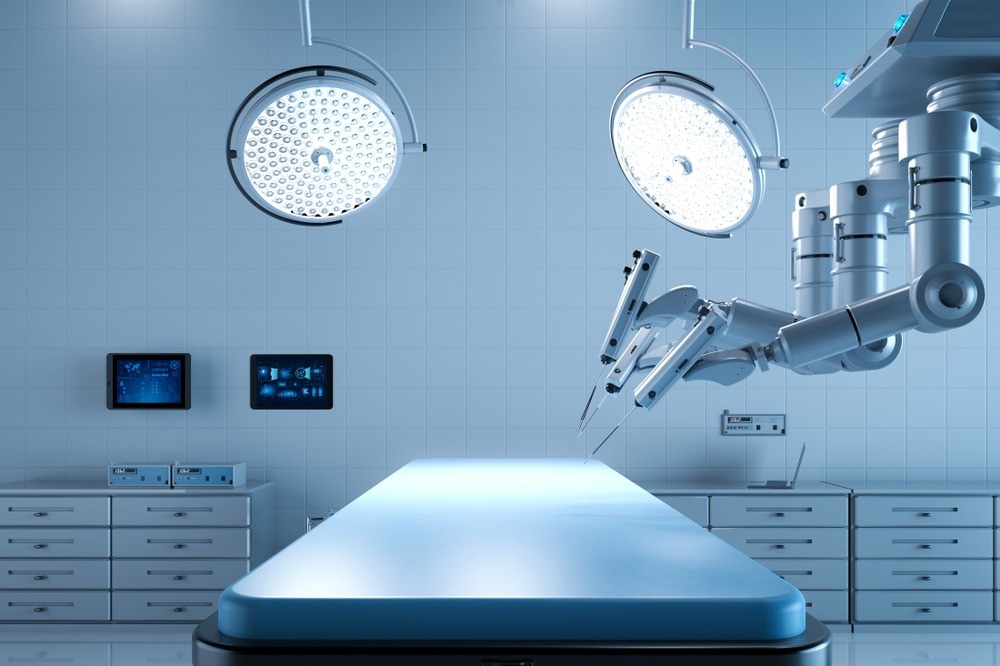In this interview, we speak to Birgül Akolpoglu about her latest research into microrobotics and how these biohybrid microrobots could one day be used to tackle cancer.
Please could you introduce yourself and tell us what inspired your latest research into microrobots?
My name is Birgül Akolpoglu, and I'm a doctoral researcher at the Physical Intelligence Department at Max Planck Institute for Intelligent Systems (MPI-IS) (Stuttgart, Germany) where I work on microalgae and bacteria-based microrobots for medical applications under the supervision of Prof Metin Sitti. We have conducted this work with our colleagues from the same department, and it was co-led by a former postdoc, Yunus Alapan, who is currently a Research Engineer at Georgia Tech.
I was very interested in materials science as a Chemical Engineering student in my undergrad years, taking various polymer chemistry and polymer physics courses. Then, my undergraduate supervisor introduced me to the biological aspect of these materials and how we can engineer synthetic materials tailored for biomedical applications, such as implant technology, drug carriers, and tissue engineering. I decided to continue my studies at an intersection of engineering and biology and completed a master's in Chemical and Biological Engineering. That's where I learned all the wet lab skills for biological experiments, built up my base knowledge on many topics, including cell biology and drug delivery, and developed a keen interest in biotechnology. I wanted to pursue my dreams of doing research that would eventually impact human life, so I started searching for positions all across Europe, but Germany was on the top of my list.
I heard about Prof. Sitti's research at the MPI-IS through my master's supervisor and attended one of his talks at my university. I was so impressed, and a new world opened up to me: medical micro-robotics. The fact that one-day humanity could benefit from these micro/nanoscale entities for non-invasive therapies has become a fascinating research topic for me. I learned about the top research conducted at the MPI-IS, and Physical Intelligence Department, which is what mainly attracted me here.
Currently, I am interested in combining biological agents with synthetic materials to discover new functionalities in medical micro-robotics. I work on microalgae and bacteria-based microrobots for medical applications. In our labs, we prepare these tiny swimmers by integrating artificial units (nanoparticles, drug molecules, etc.) to motile microorganisms, which are then used for various applications, such as minimally-invasive diagnostics, imaging, tracking, and wireless control of microrobots.

Image Credit: peterschreiber.media/Shutterstock.com
For years, one therapeutic approach available for cancer has been bacteria-mediated tumor therapy. However scientists have tried to increase its power over recent years, but it has been challenging. Why is this, and how could your new biohybrid microrobot help to overcome some of these challenges?
As you mentioned in your question, wild-type bacteria were found to contain certain anti-cancer properties more than a century ago, with pioneering work by Dr. William Coley, which has been the foundation of what we call bacteria-mediated tumor therapy. Since then, genetically engineered bacteria have also been researched for cancer therapy due to their specific targeting of tumor regions and activation of antitumor immune responses in the host body.
However, the greatest challenge here is controlling the degree of immune stimulation. This needs monitoring because overstimulation may lead to other toxicity and off-target tissue damage. Therefore, balancing the immune stimulation and the therapy's safety is imperative.
At this point, biohybrid micro-robotic research offers many benefits in addition to genetic engineering strategies. By biohybridizing the bacteria with certain materials, new functions could be obtained, including better tumor localization, accumulation, localized chemotherapy, and immune compatibility. Furthermore, biohybrid approaches are cost-effective compared to engineering approaches, where we can easily equip bacteria with improved functionalities, such as magnetic manipulation and drug loading.
Bacteria should be removed from the host body after the medical task is completed. Therefore, another concept, named termination switches, could be added to bacteria to terminate them after they have carried out their task through NIR-triggered hyperthermia, antibiotics, or bacterial lysis. Synthetic materials attached to these biohybrid microrobots could be further modified to include immune-compatible molecules for modulating the immune response.
Your latest research looked at creating biohybrid microrobots. Can you tell us more about how you conducted your research and your results?
In this work, magnetic nanoparticles and nanoliposomes loaded with photothermal agents and chemotherapeutic molecules were integrated onto Escherichia coli. We use a strain of E. coli that allows for one-step binding of such nanoparticles through a physical complex known as "biotin-streptavidin complex." We call these structures "bacterial biohybrids."
The motility of these swimmers is essential in our applications, and we showed that they retained their original motility and could navigate through biological matrices and colonize tumor tissue with magnetic steering. Furthermore, we demonstrated on-demand cargo delivery by near-infrared stimulus, which melts the liposomes to release the drug-loaded inside that eventually is cytotoxic to cancer cells.

Image Credit: Ozan Mansur (Twitter: @ozscienceart)
Your biohybrid microrobot consisted of E. coli bacteria. Why did you choose to use this bacteria compared to other bacteria?
Choosing the microorganism to be used in a biohybrid microrobot mainly depends on the medical application due to the varying physical, chemical, and biological environments and properties of different parts of the human body. We choose E. coli for many reasons, perhaps the most important being the fact that we know tons about E. coli, including the complete sequence of its genome. This makes doing research with E. coli more feasible.
Additionally, E. coli cells are highly efficient when introducing DNA molecules into cells, i.e., genetic modifications. They are motile, swim at body temperature, and can be functionalized with synthetic materials through interactions with their cell wall and cell membrane. There are probiotic E. coli strains, which are currently used in clinics for the treatment of intestine and bowel-related diseases. Lastly, some E. coli strains can invade and colonize hypoxic regions of solid tumors due to their taxi abilities. All of these reasons make E. coli one of the most common and advantageous microorganisms for our biohybrid micro-robotic research.
Are you hopeful that your microrobot could one day be used to tackle cancer? What further research is needed before this could become a reality?
We are hopeful and passionate about pushing the boundaries of this research for the miniaturization of medical microrobots for future applications in clinics. Our ultimate aim is to overcome the challenges, which remain plenty. For example, we must develop strategies to navigate and control these microrobots inside the host body with high precision, taking body fluid flows and viscous and fibrous microenvironments in tissues into account. We must also ensure that patient safety is guaranteed and that these microrobots can be operated on within a body for the long term, even in the face of potential immunological reactions.
If this approach was implemented in clinics for cancer patients, what benefits would this have not only for healthcare providers but the patients themselves?
Bacteria-mediated tumor therapy with genetic engineering tools is already becoming an established method for treating various diseases, so it is not far-fetched to imagine using biohybrid microrobots in clinics in the future.
Micro-robotics offer minimally invasive procedures by creating tiny medical devices that can navigate complex regions inside our bodies. These micromachines could diagnose and treat diseases at early stages with few side effects. We are hopeful that bacteria-based biohybrid microrobots with medical functionalities could one-day battle cancer more effectively. It is a new therapeutic approach far from how we treat cancer today.

Image Credit: Ezume Images/Shutterstock.com
For your latest research, you combined the disciplines of both biology and robotics. Why is this, and what are the advantages of combining scientific approaches when tackling new challenges?
Both fields bring different assets to the table. With small-scale robotics, you could achieve high precision in locomotion and swimming control, as well as material-based strategies including biocompatibility, therapeutic cargo loading, live imaging, and diagnostics, among others, to boost the performance of your robotic design.
With biology, you get natural motility, which means you do not need an external actuation mechanism; the microorganism does this for you. Considering the intrinsic functionalities that come with certain organisms, as we mentioned earlier - including taxis and tumor targeting - microbiology combined with robotics can pave the way for future medical applications of micro-robotics.
Robotics has seen a huge increase in recent years, especially surrounding its adoption within healthcare settings. How could robotics help tackle some of the challenges faced by healthcare, and do you believe we will continue to see new uses for robotics in this sector in coming years?
Robotics, in recent years, found its place in clinical settings not only on a small scale but also on larger scales. Robotics makes life easy for medical research, from high-level patient care to carrying out efficient processes and creating a safe environment for patients and healthcare workers. We could mention minimal invasiveness and customized and patient-derived therapies as some important aspects of the patient care perspective, where robotics could overcome challenges traditional medical processes face.
Further, surgical-assistance robots, service, and social robots are some of the capabilities from the healthcare providers' perspective, assisting them in conducting examinations, diagnoses, and surgeries. The current applications of these types of various robots are rapidly being developed in medicine. These big and small machines are already becoming the norm in clinics. We will see more of them as challenges related to their miniaturization, autonomy, and safety are tackled one by one.

Image Credit: Phonlamai Photo/Shutterstock.com
What is next for you and your research?
We are continuously working on improving our bacteria-based micro-robotic platform to facilitate more advanced medical functions. We desire to work in medical settings soon, so one big challenge we are working on is to transfer the experience we gained in recent years to more physiologically relevant settings.
Where can readers find more information?
Our paper was published in Science Advances: https://www.science.org/doi/epdf/10.1126/sciadv.abo6163
Physical Intelligence Department home page: https://pi.is.mpg.de/
Birgül Akolpoglu’s Twitter: https://twitter.com/akolpoglu
Yunus Alapan's Twitter: https://twitter.com/yunusalapan
About Birgül Akolpoglu
My name is Birgül Akolpoglu, and I have been a doctoral researcher at the Physical Intelligence Department at the Max Planck Institute for Intelligent Systems (MPI-IS) (Stuttgart, Germany) since October 2018, where I am working on microalgae and bacteria-based microrobots for medical applications under the supervision of Prof Metin Sitti. I am also a Ph.D. Representative at MPI Stuttgart and a Ph.D. Candidate at ETH Zürich.
I received my MSc degree in Chemical and Biological Engineering from Koc University in Istanbul, where I studied biocompatible coating of insulin-secreting pancreatic islets with emulsion-based microgels for treating type-I diabetes. Prior to that, I pursued my BSc degree in Chemical Engineering from Istanbul University, where I graduated as the second highest ranking student in my class.